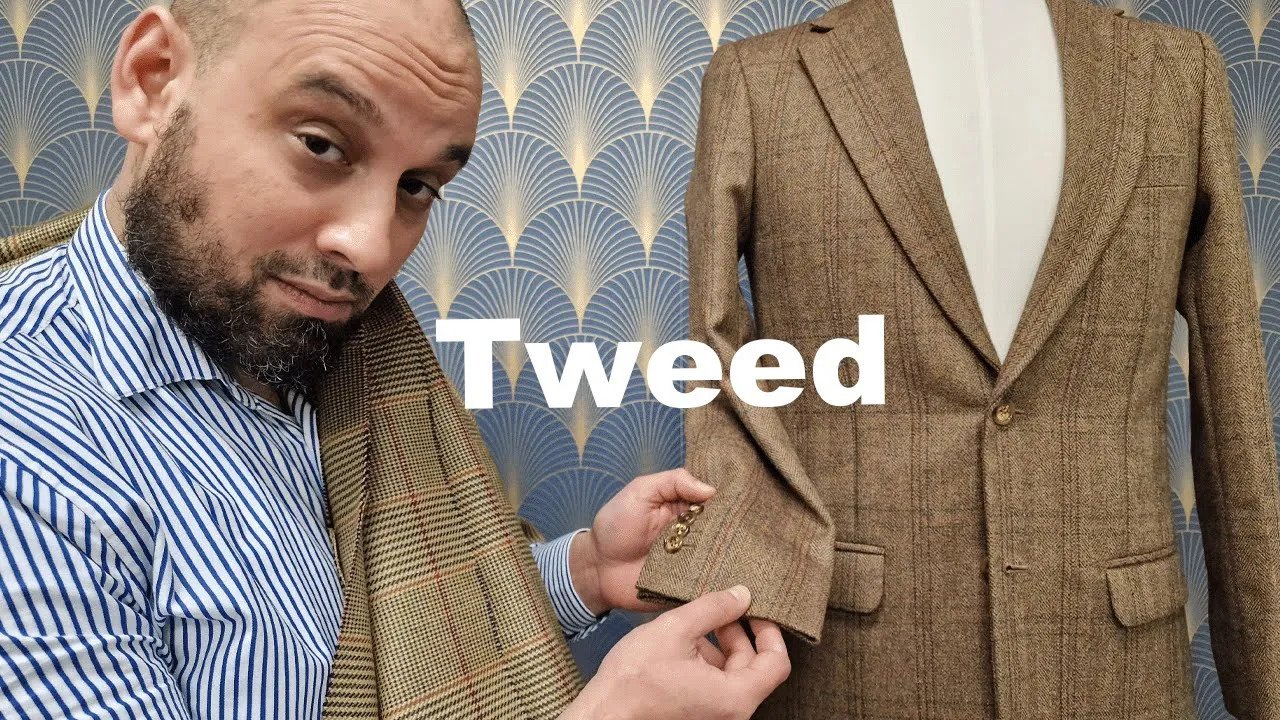What is Herringbone?
If you are looking for a proper business or city suit, think about having your garments tailored with the Herringbone fabrics available at De Oost. Then again if you are looking for a more heavy outdoor Tweed suit these are offered too in Herringbone. Technically Herringbone is not really a fabric, it is a method of weaving a fabric. Herringbone is a twill-weave with threads running alternately to left and right to form an inverted -V design that could be construed as the bones of a fish. This is a popular style for suits and sport jackets. Herringbone-patterned fabric is usually wool, and is one of the most popular cloths used for suits and outerwear. Tweed cloth is often woven with a herringbone pattern.
History of the Herringbone pattern
The use of the Herringbone pattern is not limited to the weaving of fabric. Some say the V-shaped pattern was developed around 500 B.C. during the Roman Empire as they developed an expansive world-class road system called the Viae Publicae. The basic principle for the construction of this super road – which allowed for accelerated communication and rapid transport of people and materials throughout the empire – was called Opus spicatum, or “spiked work”. It was discovered that this simple pattern of interlocking bricks creates an intensely durable and stable geometric matrix, perfect for roadways and infrastructure.
In fashion design these patterns are also often used symbolically to connect a modern garment to it’s historical predecessors, since patterns are like flags; they have the potential to evoke a sense of identity and place. The fact that herringbone’s roots are in Rome make it a no-brainer that plenty of suits, sportcoats, and blazers have been done up in the pattern. The Herringbone pattern can be found in Celtic history too; horsehair herringbone cloth has been found in Ireland from around 600 B.C., which explains why it’s also a traditional choice for tweed. That being said let us start by showing you some of the tailored tweed herringbone garments by De Oost. Following with a selection of the herringbone business and city suits tailored for our clients.
Herringbone pattern often seen in Tweed fabrics
Tweed is popular for equestrian, hunting and other outdoor activities. The smaller details of having a Herringbone pattern in your tweed tailored garments give one a fast and dynamic look while coarsing or horse riding. The herringbone pattern is vibrant and alive.
Herringbone popular with Business Suits
As is seen on our Business Suits page, many clients have chosen to have their business suits tailored with an herringbone weave fabric. Today herringbone cloth can be found in just about any garment type, in an endless variety of sizes, scales, textures, weights, colors, blends, etc. It’s one if the easiest ways for a man to introduce pattern into his wardrobe, too, because it is so subtle and monotone that you don’t really have to worry about it clashing with other patterns.
Dress Wear with Herringbone pattern
In our collection of bespoke tailored tuxedos, tailcoats, morning coats, waistcoats, dress wear and formal wear, the herringbone pattern appears too. One of our eye-catchers in the atelier of De Oost is a morning coat and waistcoat with a strong visible herringbone pattern.
Read more









